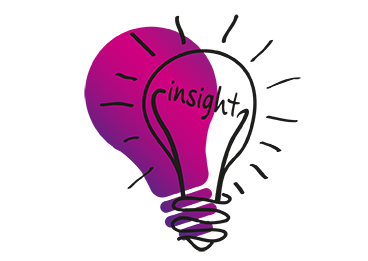Comprehensive Guide to Understanding Paid Traffic Dynamics
Paid traffic, a key component in digital marketing, refers to the visitors who land on your website due to paid advertising efforts. Unlike organic traffic, which is generated naturally through search engine results, social media shares, or backlinks, paid traffic is generated through various online advertising models such as pay-per-click (PPC), cost-per-impression (CPM), display ads, social media ads, and sponsored content.
PPC is a popular form of paid traffic where advertisers pay a fee each time their ad is clicked. Google Ads is a widely used PPC advertising system that allows businesses to create ads that appear on Google’s search engine results page. Advertisers bid on keywords relevant to their business, and if their bid is successful, their ads are displayed above the organic search results.
CPM advertising is where advertisers pay for a thousand impressions or views of their ad. This model is ideal for businesses aiming to increase brand awareness rather than immediate conversions. It’s commonly used in display advertising, where ads are shown on third-party websites via ad networks like Google Display Network.
Display advertising involves creating visual ads that appear on third-party websites. These ads can take various forms, including banners, pop-ups, and video ads. Unlike PPC and CPM, which focus on the search engine space, display ads allow businesses to reach potential customers on various websites, blogs, and apps.
Social media platforms like Facebook, Instagram, Twitter, and LinkedIn offer their own advertising services. Social media ads are incredibly effective due to the platforms’ ability to target ads based on users’ demographics, interests, and online behavior.
The benefits of paid traffic include immediate results as paid traffic can deliver immediate outcomes once your ad campaign is launched. It allows for precise targeting based on demographics, interests, behavior, and location, ensuring that your ads reach the right audience. Paid traffic is also highly scalable, and as your business grows, you can increase your ad spend to reach a larger audience. Additionally, with paid traffic, every click, impression, and conversion can be tracked, providing valuable data that can be used to optimize your campaigns and improve ROI.
Effective paid traffic strategies include keyword research, which is crucial in PPC advertising. By bidding on the right keywords, you can ensure that your ads appear in relevant search queries, increasing your chances of attracting interested users. The design of your ad plays a significant role in attracting clicks. It should be visually appealing, with a clear message and a strong call-to-action. The landing page to which your ad leads should be optimized for conversions. It should provide clear and concise information about your offering and guide visitors towards the desired action. A/B testing involves creating two versions of an ad or landing page and testing them against each other to see which performs better, while retargeting involves targeting users who have already visited your website but didn’t convert.
Understanding the dynamics of paid traffic is crucial for any business looking to thrive in the digital landscape. By leveraging the power of paid traffic, businesses can attract more visitors, target their ideal audience, and drive conversions more effectively. It is, however, essential to continually monitor and optimize your ad campaigns to ensure they deliver the desired results. With time, patience, and strategic planning, paid traffic can become a valuable asset to your online business.


